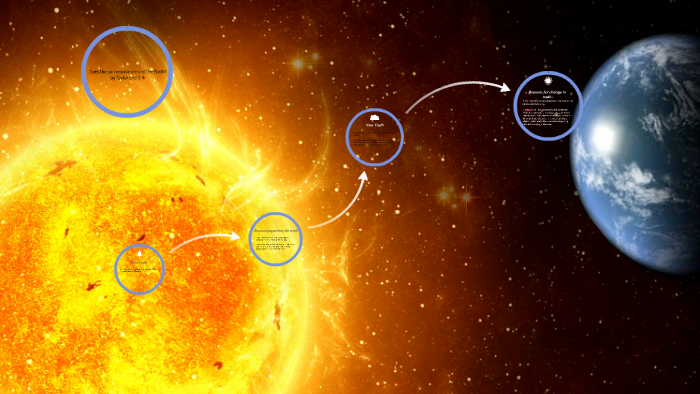

Questions are answered by faculty at Binghamton University. But, since we know that there are other planets. Better choose a simpler model to avoid such troubles!Īsk a Scientist runs on Sundays. If, according to the theory of relativity, there is no 'privileged' reference frame, is it not valid to say that - from the reference point of the earth - the sun does indeed revolve around the earth still not infected If there was nothing else in the frame, you could say that without issue. But one thing that would happen to you is that, if you adopted the geocentric model, your understanding of the solar system would become much more complicated, and you would need to memorize and calculate a lot more things. For example, Kepler found mathematical patterns in the shape of planetary orbits, and Newton discovered the law of gravity to explain nearly all these observations elegantly.Ĭoming back to your question, the universe doesn’t change its behavior whether we think the sun revolves around the earth or vice versa.

This simplicity not only made his model gain scientific credibility, but also inspired other scientists to develop more advanced theories. In contrast, Copernicus showed that, by placing the sun at the center, the trajectories of celestial bodies observed in the sky could be explained simply by their circular movements around the sun. Ptolemy’s model required very complicated machinery, such as planet-carrying rotating discs that were revolving around the earth. Then, why did Copernicus’ model eventually win? The answer is the simplicity of the model. This was why so many people believed the Earth would be at the center of the universe. It was a brilliant model based on well-defined rules, and it accurately predicted how celestial bodies would move. The Binghamton area also has connections to this great scientist - the Kopernik Observatory and Science Center in Vestal is named after him.īut here, I would like to point out that there was nothing fundamentally wrong with Ptolemy’s geocentric model either. But what about the Earths movement as it orbits the Sun We refer to this motion as the Earths revolution around the Sun. Now known as the Copernican Revolution, this was one of the most important turning points in the history of science. Copernicus’ model caused a drastic change in how people would understand the universe. Earth orbits the Sun at an average distance of 149.60 million km (92.96 million mi) in a counterclockwise direction as viewed from above the Northern. Ptolemy’s geocentric model of the solar system was very systematic, mechanistic, and could explain the movements of celestial bodies so well that it had been widely accepted as the truth, until the Polish mathematician/astronomer Nicolaus Copernicus proposed a new heliocentric model in the 16th century. Most scientists from ancient times to the Middle Ages adopted the geocentric model, including Aristotle and Ptolemy in ancient Greece. The geocentric model is natural and honest as an explanation of what we see because, after all, the sun, the moon, and all other celestial bodies seem to revolve around our world, at least from our viewpoint. But for a long time throughout human history, people had considered that the sun revolved around the earth this is called the geocentric model (“geo” means the earth). Saving Earth Britannica Presents Earth’s To-Do List for the 21st Century.Question: What would happen if the sun rotated around the earth?Īnswer: You asked this because you learned the earth revolves around the sun, right? Indeed, that is how we understand the solar system today this is called the heliocentric model (“helio” means the sun).Britannica Beyond We’ve created a new place where questions are at the center of learning.100 Women Britannica celebrates the centennial of the Nineteenth Amendment, highlighting suffragists and history-making politicians.

#DOES THE SUN REVOLVE AROUND THE EARTH HOW TO#
COVID-19 Portal While this global health crisis continues to evolve, it can be useful to look to past pandemics to better understand how to respond today.Student Portal Britannica is the ultimate student resource for key school subjects like history, government, literature, and more.From tech to household and wellness products. Britannica Explains In these videos, Britannica explains a variety of topics and answers frequently asked questions.This Time in History In these videos, find out what happened this month (or any month!) in history.#WTFact Videos In #WTFact Britannica shares some of the most bizarre facts we can find.Demystified Videos In Demystified, Britannica has all the answers to your burning questions.Britannica Classics Check out these retro videos from Encyclopedia Britannica’s archives.


 0 kommentar(er)
0 kommentar(er)
